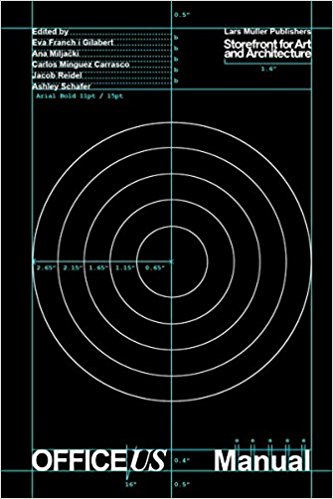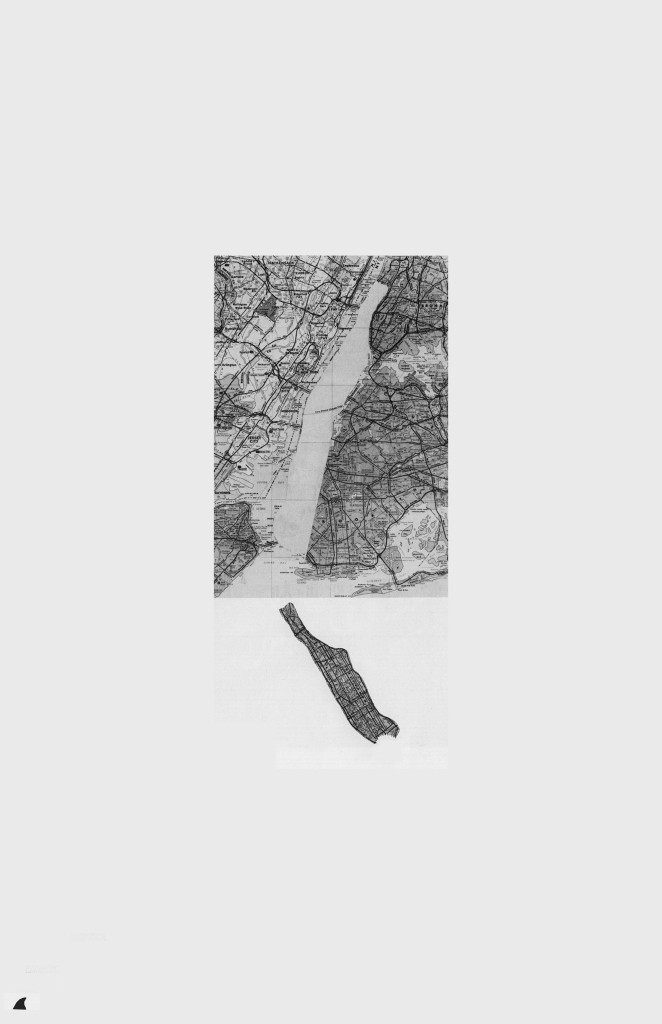Office US Manual is a critical, occasionally humorous, and sometimes stupefying guide to the architectural workplace. The third publication of OfficeUS, this book presents office policies and guidelines spanning the last one hundred years alongside commissioned statements by contemporary contributors, original graphic analysis, and images from The Architects by Amie Siegel. The Manual is a resource for understanding—and reimagining—the nature and design of architectural practice.
Contributors:
Rami Abou-Khalil, Sean Anderson, Andrew Atwood, Phil Bernstein, Besler & Sons, Aleksandr Bierig, Gabrielle Brainard, Landon Brown, Felix Burrichter, Savinien Caracostea, Rafael de Cárdenas / Architecture at Large, Choon Choi, Matthew Clarke, Peggy Deamer, Designers Assembly, Caroline O’Donnell, Craig Edward Dykers, Keller Easterling, Family, Pedro Gadanho, Gordon Gill, Liam Gillick, Marc Guberman, Adam Hayes, Juan Herreros, Sarah M. Hirschman, Phu Hoang, Florian Idenburg, Michael Jefferson, George Barnett Johnston, James von Klemperer, Keith Krumwiede, Jimenez Lai, Andrew Laing, Jesse LeCavalier, Leong Leong, Thomas Y. Levin, John May, Kyle May, Nicholas McDermott, Michael Meredith, Sina Najafi, ODA, John Perry, Daniel Pittman, PlayLab, Inc, Charles Renfro, Pierce Reynoldson, Julian Rose, Andrew Ross, Magali Sarfatti-Larson, SHoP Architects, Manuel Shvartzberg, Galia Solomonoff, Erica Stoller, Dan Taeyoung, Nader Tehrani, Troy Conrad Therrien, Nato Thompson, Ada Tolla, Marc Tsurumaki, Julia van den Hout, J.H. Verkerke, Marina Otero Verzier, Ian Volner, Don Weinreich, Marion Weiss, Sarah Whiting, Mabel O. Wilson, Human Wu, Kim Yao, Michael Young, Mimi Zeiger



